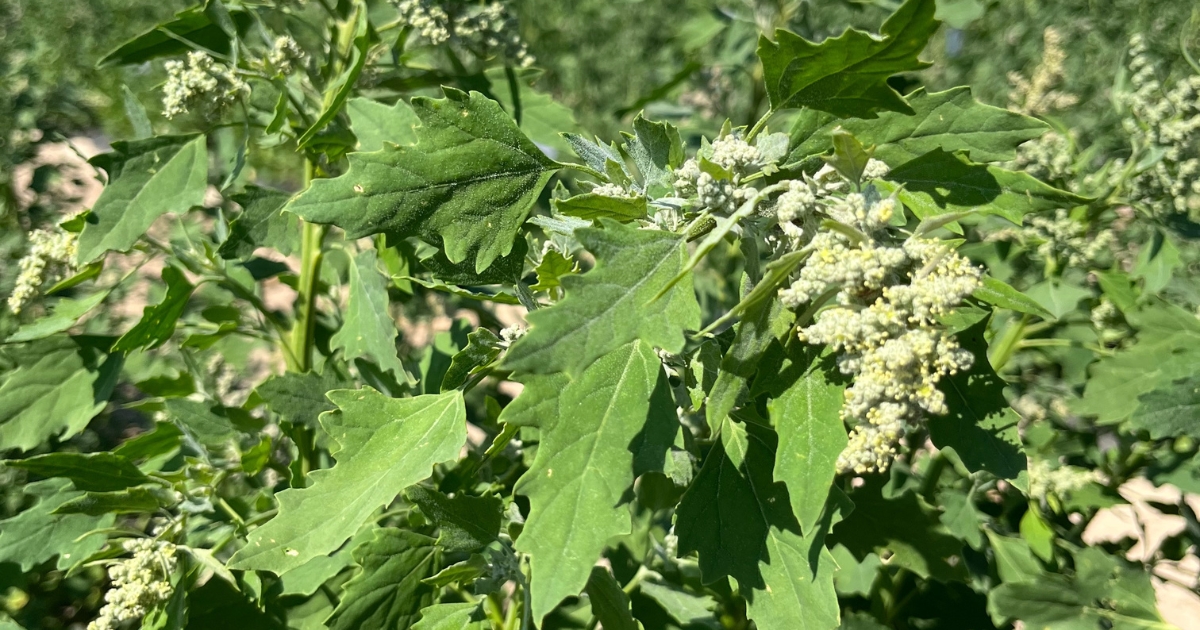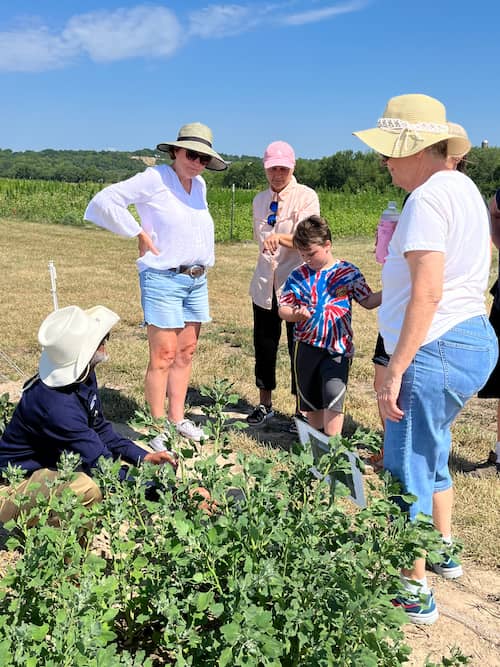Maximizing Quinoa's Potential at Upcoming Lincoln University's Field Day
Office of Communications and Marketing
Young Hall
820 Chestnut Street
Jefferson City, MO 65101
 Discover the future of sustainable agriculture at Lincoln University's Quinoa Field Day on July 16, 2024, featuring immersive field tours and expert insights.
Discover the future of sustainable agriculture at Lincoln University's Quinoa Field Day on July 16, 2024, featuring immersive field tours and expert insights.
On Tuesday, July 16, 2024, from 10 a.m. to 2 p.m., Lincoln University’s Cooperative Research (LUCR) will host its annual Quinoa Field Day at George Washington Carver Farm, located at 3804 Bald Hill Road. This event will allow attendees to explore the latest discoveries in quinoa, a protein-packed superfood. It is open to the public, welcoming farmers and anyone interested in sustainable agriculture or healthy living. Please click here to register for the event.
The Quinoa Field Day will commence at 10 a.m., offering attendees an immersive trolley ride through the quinoa fields. This interactive experience will provide a comprehensive understanding of the crop's lifecycle, from planting to cultivation and harvesting, highlighting its versatility and nutritional qualities. A complimentary lunch will be provided at noon for those who register, followed by a presentation at 1 p.m. LU’s team of experts will share insight on how to maximize harvest by using the same plant for both their leafy greens and grains, as well as new research on this crop as forage for ruminants.
Lincoln University is one of the few institutions in the U.S. conducting research on quinoa, focusing on nutrient-rich greens. Quinoa greens — including green leaves, sprouts and microgreens — possess remarkable health-promoting properties, including antimicrobial, anticancer, antidiabetic, anti-obesity, antioxidant and cardio-beneficial features. Despite these qualities, this superfood is underutilized as a crop in the U.S. LUCR's research works to unlock the potential of this climate-smart crop, addressing malnutrition challenges and contributing to food and nutritional security.
For more information, please contact Dr. Safiullah Pathan at PathanS@LincolnU.edu or by phone 573-681-5963.

